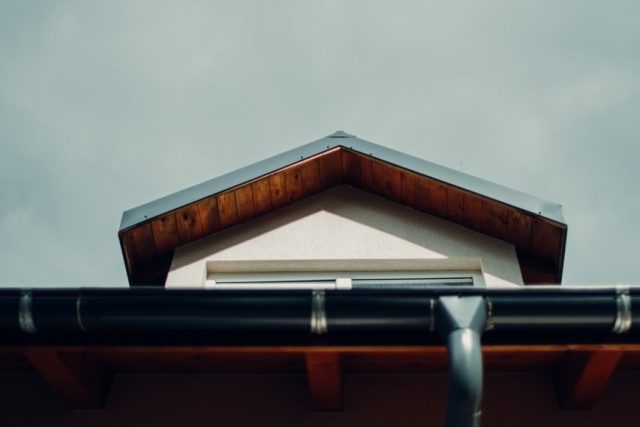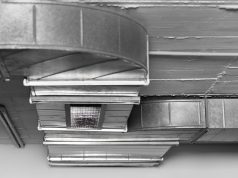
It makes sense to check your property for any plumbing issues before the cold weather turns into a biting edge that might freeze pipes. Regular plumbing inspections can ultimately save time and money. When plumbing issues first appear, they can go unnoticed and seem manageable, but one day they show their true colors and severely harm your house.
Many leaks are hard to find and often not even evident to the naked eye. Some leaks are easy to spot and repair while others – not so much. Your walls or ceiling may have water stains, and your water bill going up can be an indication of a leak. That’s why you should read on to find out the best advice for plumbing maintenance.
Focus on your guttering system
It’s time for a complete home plumbing evaluation walk-through before fall has arrived. The external part of your home will experience fall’s sluggish arrival first. Keep an eye on the state of the structures outside your home. Clear the area of leaves and other debris while inspecting your shingles for any gaps or damage that needs to be repaired.
Your guttering system could suffer significant damage, and you don’t want that to happen immediately before the rainy season. Clean up the guttering, drains, and downspouts of any debris and leaf debris. In the winter, a guttering system clogged by decomposing leaves might result in pipes rupturing from excessive pressure. A minimum of 10′ should separate downspouts from your external walls and they should be properly connected.
It might be time to replace your guttering system if you discover that your gutters are breaking too frequently or if they are more than ten years old. This is why it is so important to find vetted local gutter professionals that will replace your old gutter system and give you the best maintenance guidance. They will install the guttering of your choice after you make your selection.
Search for new water leaks
Showers and toilets, for example, should be inspected for leaks or other damage. Even while there may be some evident signs of wear and tear on your fixtures, any sizable fractures, dents, or corrosion are cause for concern. Any of these damages can be severe enough to impair the device’s functionality. Additionally, keep an eye out for any frequent leaks, which can be seen as moist areas on the flooring, wet walls, and soggy ceilings.
Ensure that the caulking around tubs and sinks is enough. A quality waterproof sealer will stop water from penetrating your subfloor. To prevent heat or cooling loss, check the caulking surrounding your doors and windows. While you’re there, check the base of your dishwasher and sink disposal to make sure there is enough water flow and a clear piping connection.
Check your basement
Fall is a perfect time to check the structure and fixtures in your basement for proper operation. In particular, pay attention to the area around your bathtub for abnormalities in your walls, tiles, drains, washer pipes, and dryer connections.
In supply lines for water heaters, the water heater connectors are fairly standard. A connection often has a clear vinyl outer shell, and an exterior made of stainless steel which you can easily spot. In order to stop more leaking issues over the winter, inspect the connector for any leaks and ruptures.
Check to see if the lines leading to your septic and wastewater systems are clear and root-free. Winter is a great season for maintenance because roots won’t grow as much. Have your septic tank drained while the ground is still warmer if it is filled.
Eliminate clogs and replace valves
Your mudroom is a place for dirt and mud, including grimy boots, snow and ice, oily fingerprints, and wet dog cloths. Don’t overlook this space. Make sure there is no dirty sludge blocking your drains as you don’t want water to come up the pipes, especially not during winter.
Each sink and toilet has a shut-off valve, which is called an angle stop. Some models of installed angle stops are of poor quality and don’t last very long. When you replace the valves on your fixture installations with high-quality versions, you can be sure that the water can be totally turned off when you need it.
Final thoughts
Careful plumbing checkups every fall are time-consuming, but they are worthwhile. When you are cautious in your planning, you will save money. Keep in mind that taking the time now will be preferable to having to recover from serious home plumbing issues later. Maintaining a home comes at an expense, but ensuring everything from your gas safety certificate cp12, to your plumbing is in order, gives peace of mind for you and your family.
You can stop small house leaks and cracks from getting worse if you take care of issues as soon as they arise. Before the forthcoming Christmas season, when time gets even busier, the fall is a fantastic time to take advantage of the temperate weather to repair any damages.













